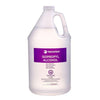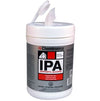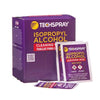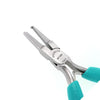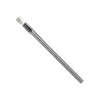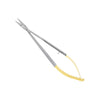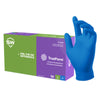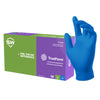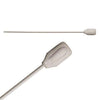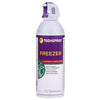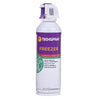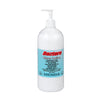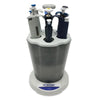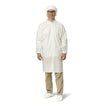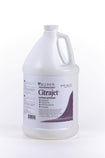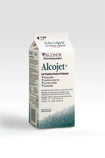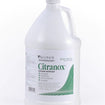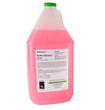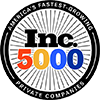- No products in the cart.
What Is HPLC Water?
Jul
18
2022
There are many different kinds of chromatography techniques but HPLC is one of the most important methods used in analytical chemistry today. HPLC was originally developed to make up for the shortcomings of standard liquid chromatography. This high performance method uses high pressure in a narrow column resulting in the separation of compounds to occur in much less time.
What Is HPLC?
HPLC also known as High Performance Liquid Chromatography is an analytical technique that is used to break down, separate, identify, and quantify components found in a mixture. It’s a process that separates components in a liquid mixture. Column chromatography is used to separate the components and then those components are analyzed by a computer.
The process involves injecting a solvent that flows through a column. The column is packed with a separation medium. Sample components separate as they flow through the column which is known as a process of differential migration.

Your mobile phase is the liquid that contains your mixture. The mobile phase passes through the stationary phase which is a solid. The components are separated over time due to the components traveling at different rates through the solid phase.
In HPLC, high pressure is used so that the separation occurs more quickly.
HPLC Water Chemical Properties:
Chemical formula: H2O
Molar mass: 18.015
Density: 1000g/cm³
Melting point: 0°C
Boiling point: 100°C
Appearance: Colorless
Odor: Odorless
What is water for HPLC?
Water is used in sample preparation and in the mobile phase of HPLC analysis. Water is a universal solvent but tap water can not be used for applications in the laboratory because contamination is present in tap water.
HPLC water is used for HPLC analysis. Depending on the chromatographic detector, compounds as low as parts per trillion can be identified.
HPLC grade water is ultra-pure with low ultraviolet absorbance where conductivity of 16-18 meha ohms are maintained by water purification systems. They are filtered through a 0.22 micron filter. Then they are sealed in containers that are solvent-rinsed in an inert atmosphere. This is to avoid contamination.
A combination of ultraviolet irradiation, filtration, distillation, ion-exchange, and reverse osmosis is used to purify the water used in HPLC analysis. HPLC grade water is evaluated based on absorbance values, specific resistance, and total organic compound.
What Is The pH of HPLC Water?
A reproducible and stable pH is essential for accuracy. HPLC water contains unstable and a low level of ions, therefore, the pH cannot be assessed with lab electrodes used for detecting ions in the water.
The pH of ultrapure water is influenced by carbon dioxide that is present in the air. To predict the pH range, resistivity and conductivity can be correlated. As pH moves above 7, resistivity decreases.
Top Uses Of HPLC Water
HPLC water can be used on just about any sample but it is often used in the analysis of organic impurities in industries such as industrial chemicals, nutraceuticals, food, forensic, environmental, and pharmaceuticals.
Where To Buy HPLC Water
Lab Pro offers a large variety of innovative laboratory products. For over 40 years, Lab Pro Inc. has been committed to delivering the highest quality HPLC Water, hand tools, chemicals, lab equipment, distance learning kits, lab supplies, and cleanroom PPE apparel to medical device companies and laboratories worldwide. To learn more, visit the biggest Lab Supply showroom in California, or contact us online or at 888-452-2776.







